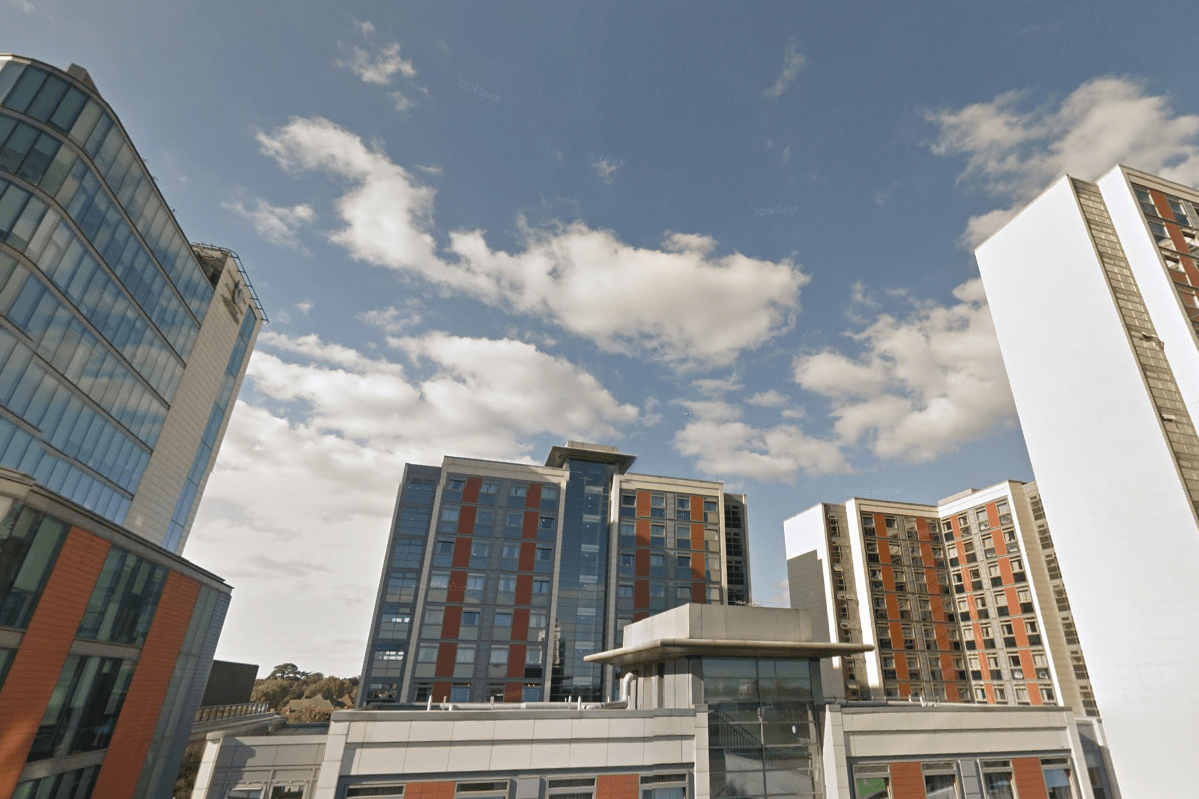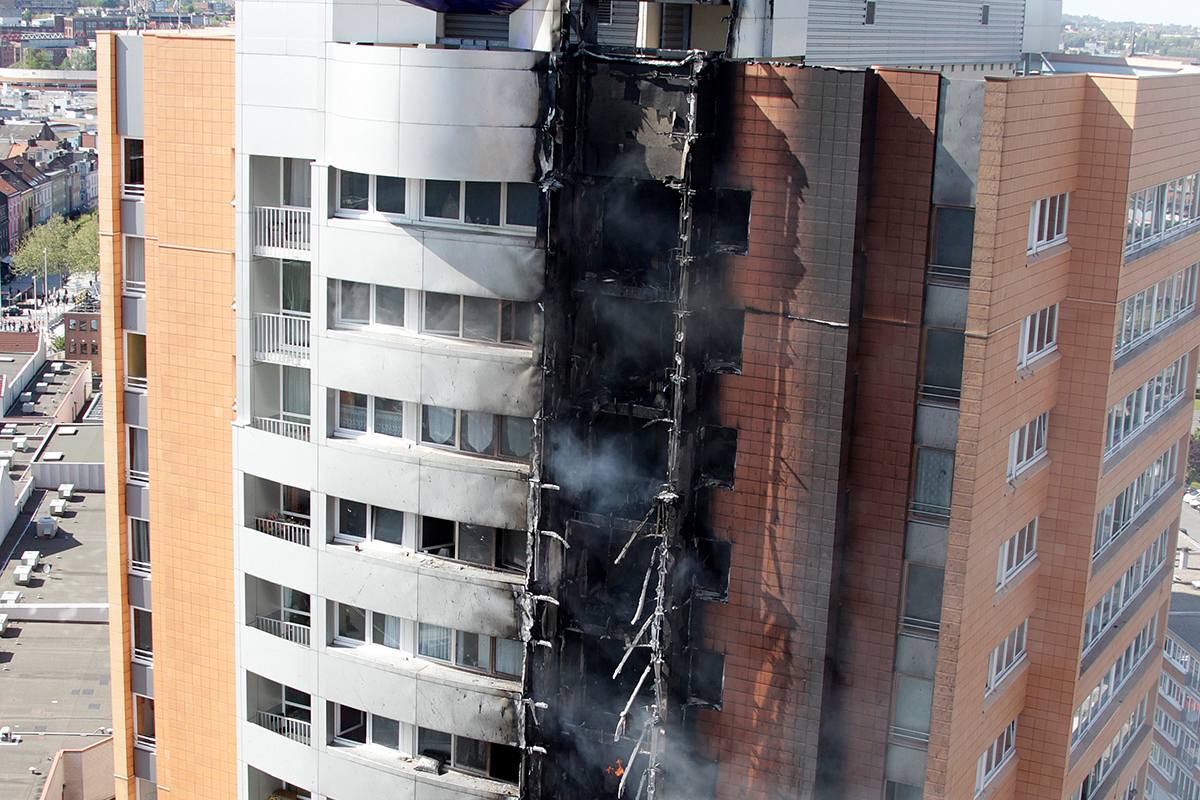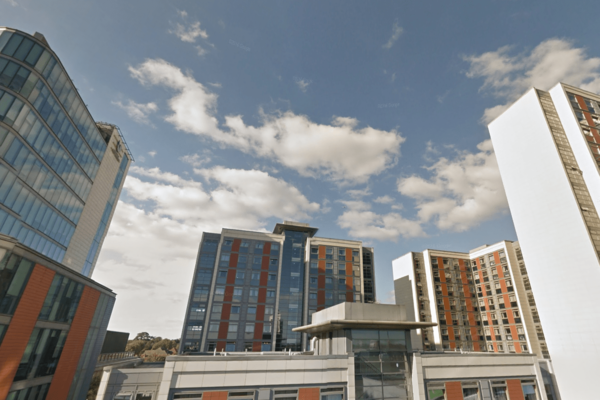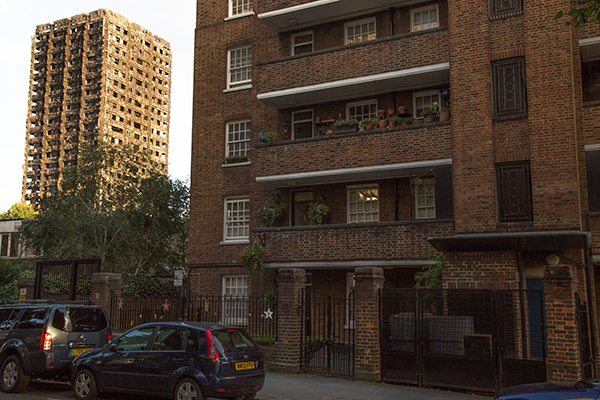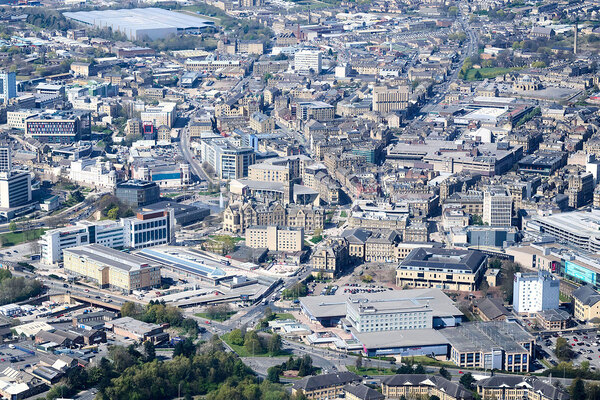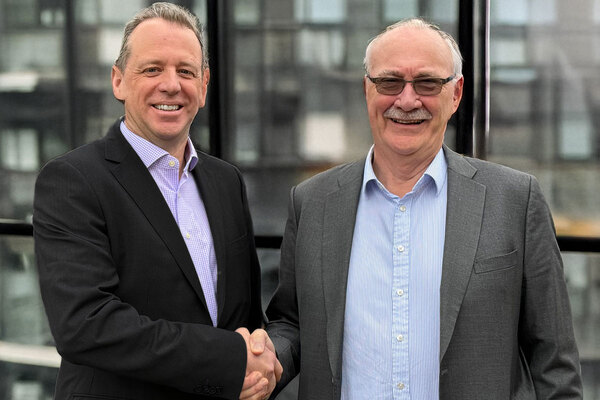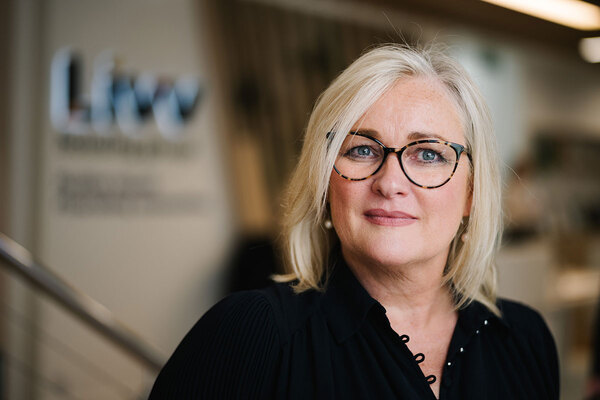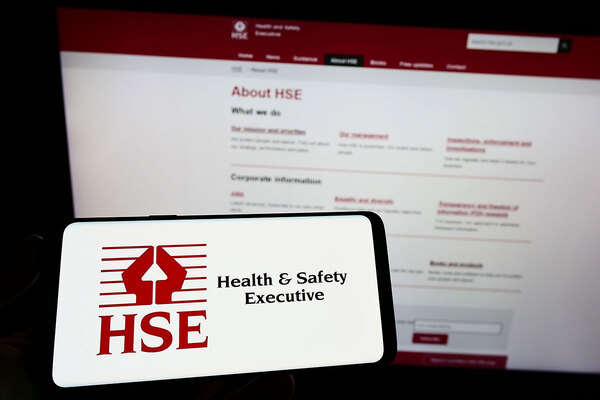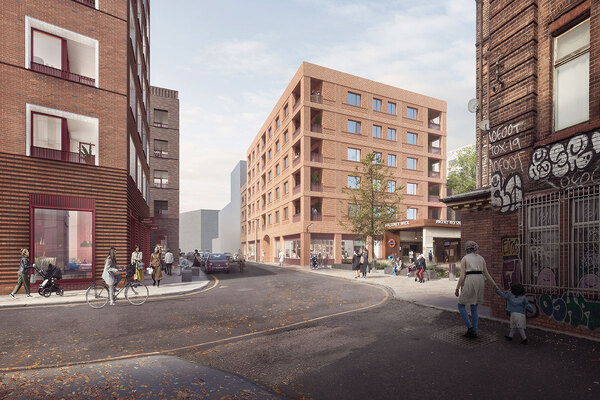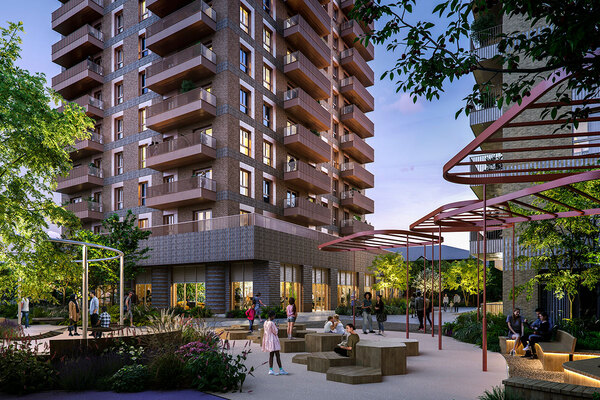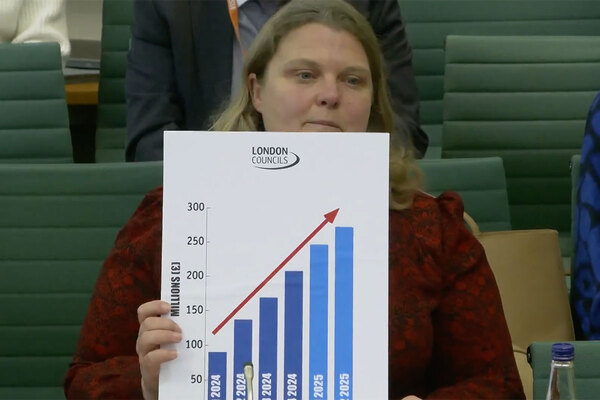Dangerous cladding to be removed from giant modular tower blocks
Housing association Notting Hill Housing plans to spend £8m removing dangerous cladding from six tower blocks in Brentford, which were all built using modern methods of construction.
The towers are part of a student village called Paragon, which is home to 893 students and also includes 221 self-contained one and two-bedroom flats, some of which are social housing.
The towers range from four to 17 stories, the tallest of which was described in 2007 as the largest modular tower in Britain. The units were constructed in a factory in Newark before being assembled onsite.
The cladding, according to Notting Hill, is not an aluminium composite, making it among the first such non-aluminium systems to attract attention over fire safety concerns.
In a procurement notice seeking a contractor to remove the system, Notting Hill said the towers have “incorrectly installed and missing fire breaks or cavity barriers behind the cladding system, which means in the event of fire, flames could travel externally between floors”.
It added: “There is an urgent need to re-establish fire safety compliance, therefore this negotiated procedure has been undertaken to speed up appointment and completion of the works.”
The modules that make up Paragon, designed by architects Carey Jones, were made by offsite builder Caledonian Modular as part of a project led by Berkeley, while the cladding system was installed by Deepdale Solutions.
Documents seen by Inside Housing have revealed that a contractor whose name was redacted – not Caledonian – was responsible for “external vertical cladding [and] fire barriers”.
Derek Muirhead, managing director of Deepdale Solutions, insisted that his company was not contractually responsible for the fire barriers and that he’d been reassured of this in a meeting last year.
Paul Lang, chief executive of Caledonian, said his company was not responsible.
He said: “We had no responsibility for design. All we did was install modules to somebody else’s [Carey Jones’] design, and the client [Berkeley] appointed the cladding contractor independently to Caledonian.”
A Berkeley spokesperson said: “The property was constructed in 2007 and was approved by the building control authority.”
A Notting Hill spokesperson added: “The safety of our residents and their visitors is paramount.”
Grenfell: six months on
We have published a series of articles to mark the six month anniversary of the Grenfell Tower fire, which killed 71 people on 14 June.
Click on the links below to read the pieces:
Six months on from Grenfell, what has changed? Our news team looks at the progress made since the fire
Grenfell: the survivors' stories Read moving speeches to MPs from four people who survived the fire
Councils have no information on privately owned tower blocks It is not just social housing blocks councils need to keep an eye on when it comes to fire safety
Disguised by luxury: fire safety flaws in private blocks revealed Our research challenges Sajid Javid's suggestion a Grenfell-style fire couldn't happen in a luxury block
We need to go much further on fire safety Our editor Emma Maier outlines Inside Housing's view on the state of play
Half of high rises could get sprinkler refit We reveal the sector's projected spend on fire safety improvements since the disaster
The French connection The parallels between a fire in France and the Grenfell tragedy
Less than half of council tower blocks assessed since Grenfell Our exclusive research reveals the state of play regarding councils' fire risk assessments
Circus therapy for children affected by Grenfell How a group offering circus activities is bringing the community together
Dangerous cladding to be removed from giant modular tower blocks Housing association Notting Hill Housing is to spend £8m to remove dangerous material on six of its blocks
